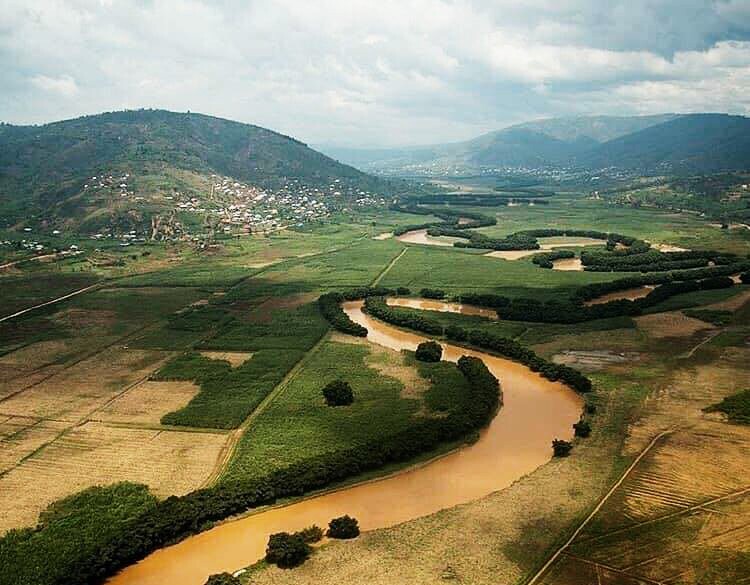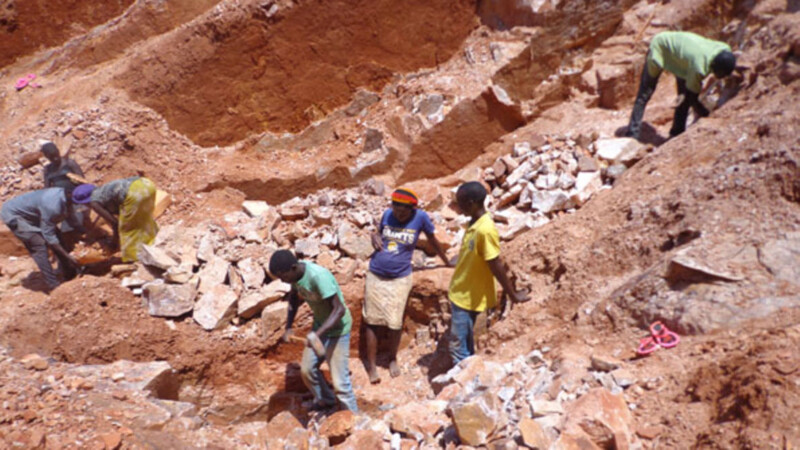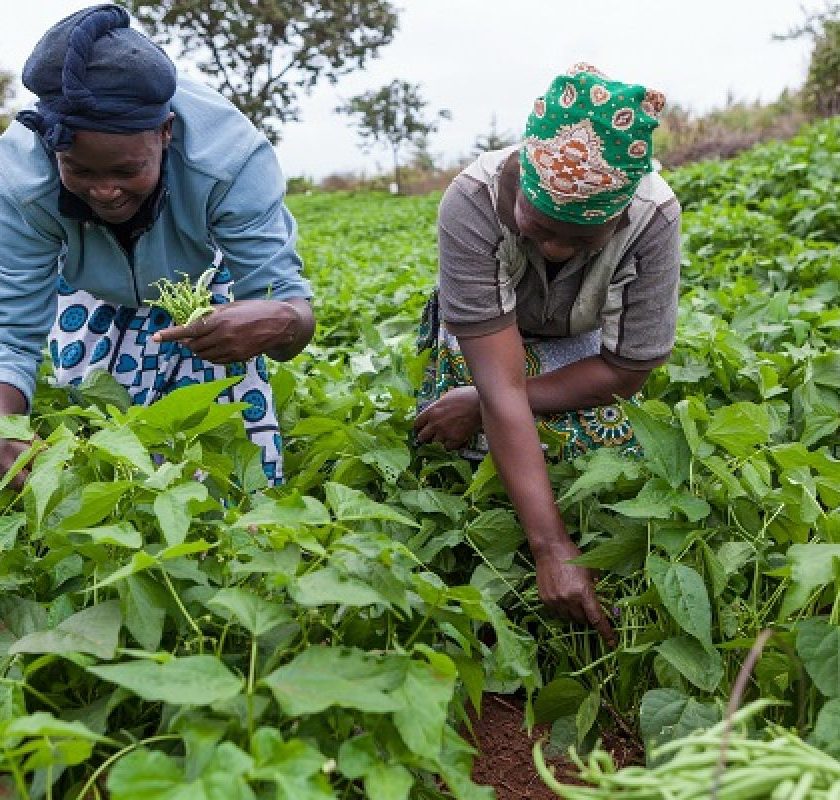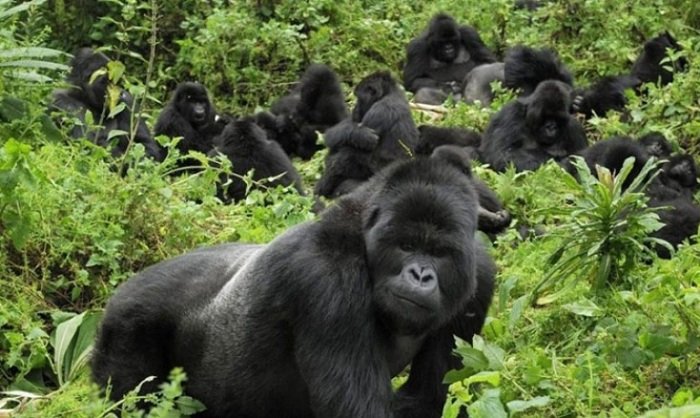By NIKUZE NKUSI Diane
The fact that Nyabarongo is the real source of the Nile is now undisputable, after the overdue research that was carried out in 2006 and its subsequent findings.
But even without the research, many Ugandans who live on the shores of Lake Victoria and the river’s biggest beneficiaries, had reckoned with this truth in 1994 when they started seeing headless and mutilated bodies that were floating deep inside Uganda during the horrendous genocide.
The same bodies went as far as the port of Kisumu, a fact that prompted the Kenyan Government to ban fish consumption including any fishing activities on the Lake for at least six months. The fish were feeding on human flesh.
Whereas in other countries, even seasonal streams are clearly mapped out and their importance outlined, no one has ever bothered to explore this majestic river that is revered as a goddess in Egypt.
Even the National road network seemed to have avoided it, which is one of the reasons why it is unknown to most Rwandans. Whether this was intentional or due to lack of other alternatives, is another issue altogether. Poor Nyabarongo!
But instead of pointing accusing fingers, it is perhaps necessary to make a keen observation on Rwanda’s physical boundaries.
These features served as natural fences that made it almost impossible for any one to venture into Rwanda and even prohibited its own citizens from venturing out.
First of all, it is blocked by a chain of volcanoes in the North that leave only a stretch of about ten Kilometers of easy passage on both ends, i.e. Gisenyi and Cyanika.
The country’s Western part is completely sealed off by Lake Kivu and its outlet, Rusizi, while its North Eastern side is dominated by very steep hills, large swamps and Muvumba River which joins the Akagera at Kagitumba where the Eastern physical boundary begins to completely obstruct any possible communication between Rwanda and Tanzania.
Unlike in the North, the Eastern boundary is characterized by the river itself and ten lakes from Lake Rwanyakizinga which borders Tanzania to Lake Cyohoha South that forms the Rwanda –Burundi border in the South and large swamps, some as wide as fifteen Kilometers, all crocodile infested.
Stretching from this very point, the Southern physical boundary begins from Lake Cyohoha South by Akanyaru River that comes all the way from the impenetrable Nyungwe Natural Forest which itself borders the magnificent Rusizi River.
Apart from Nemba, Gisenyi, Cyanika and other small free passages that nonetheless do not exceed 30 Km in total length, the entire country remained inaccessible until bridges such as Rusumo, Rusizi and Akanyaru Haut were constructed.
This explains why the Akagera’s 400 Km course up to Lake Victoria remains unexplored to date. No wonder, the entire Burundian community, the Ugandan western region and Rucuru in DRC have close links with Rwanda in terms of culture and language, thanks to these free passages, however small.
On the other hand, it is important to note that before Rusizi and Rusumo bridges were constructed, there was virtually no communication between Rwanda and Tanzania while links between Rwanda and the rest of the DR Congo were very limited or insignificant.
Going by the saying that it is never too late to do anything good, it is high time we explored the Akagera in order to give the majestic river the due respect it deserves.
Beginning from its congruent with Mukungwa at 20Km North-West of Kigali, the river flows gently towards Kigali as if to just swallow Nyabugogo en route southwards to meet Akanyaru, another 20 Km downstream. It is at this point that the river becomes Akagera.
It is believed that Nyabarongo and Akanyaru used to flow northwards before volcanic eruptions in the north caused many blockages which, in return, left lakes Burera, Ruhondo, Bunyonyi and Mutanda trapped between volcanic larvas.
Seeing the elevated altitude in the north, Akagera started making its scenic meanders southwards, up to Lake Rweru, then Eastwards to join Ruvubu after which it turned northwards to collect Muvumba before turning east, towards a low land which it duly filled before coming out at Jinja, leaving behind Africa’s largest mass of water that goes by the name of Lake Victoria, before starting yet an other 4000 km northward journey towards the Mediterranean Sea.






Very good blog you have here but I was curious about if you knew of any user discussion forums that cover the same topics discussed here? I’d really like to be a part of group where I can get responses from other experienced people that share the same interest. If you have any recommendations, please let me know. Thank you!